EDITORIAL
Published on 22 Oct 2018
Editorial: Cell Adhesion and Migration in the Development of Multicellular Organisms
doi 10.3389/fcell.2018.00142
- 2,063 views
18k
Total downloads
88k
Total views and downloads
EDITORIAL
Published on 22 Oct 2018
REVIEW
Published on 03 Apr 2018
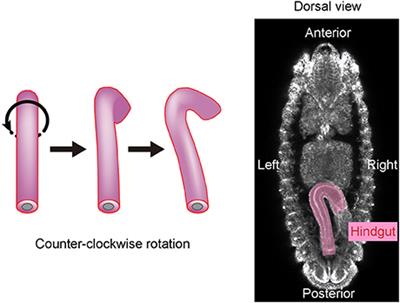
MINI REVIEW
Published on 05 Feb 2018
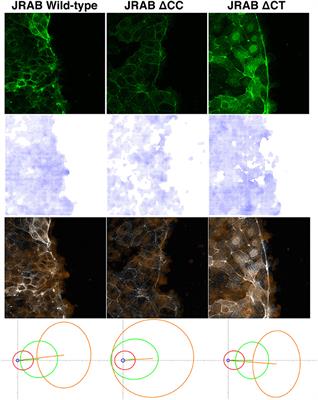
REVIEW
Published on 14 Sep 2017
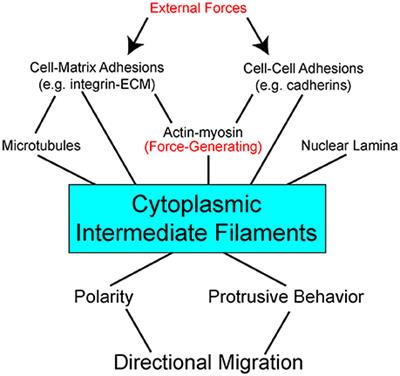
ORIGINAL RESEARCH
Published on 03 Aug 2017
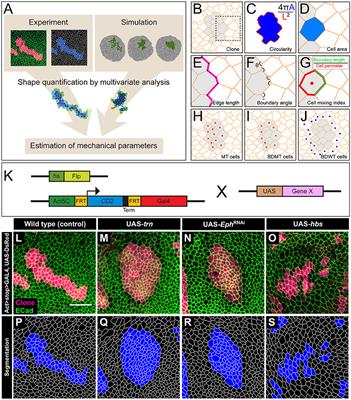
ORIGINAL RESEARCH
Published on 19 Jul 2017
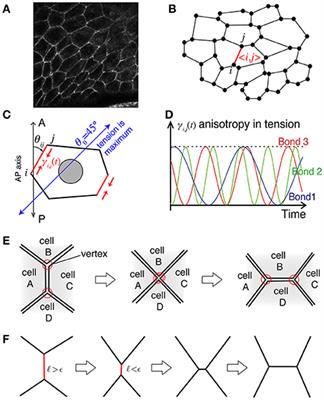
REVIEW
Published on 26 Apr 2017
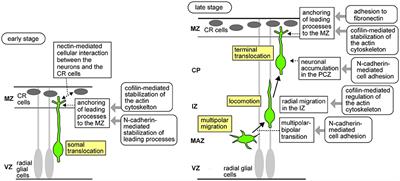
MINI REVIEW
Published on 21 Feb 2017
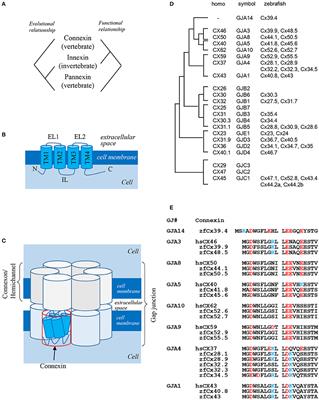
ORIGINAL RESEARCH
Published on 27 Dec 2016
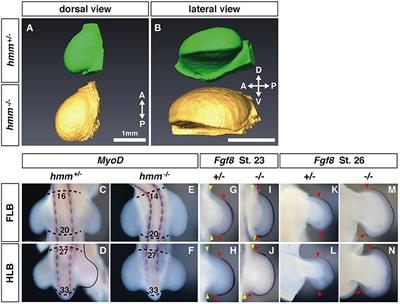
ORIGINAL RESEARCH
Published on 25 Nov 2016
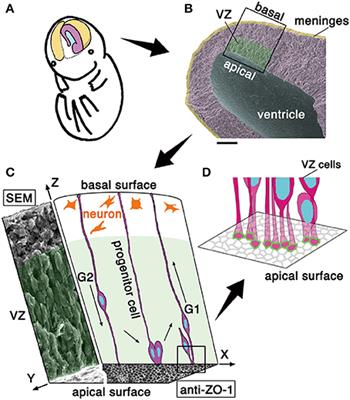
MINI REVIEW
Published on 15 Sep 2016
